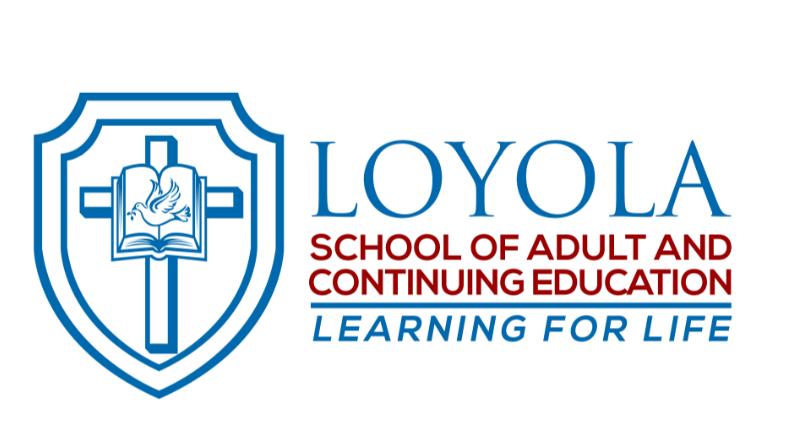
For more information on Loyola programs, please visit: https://learningatloyola.ca/
The Algonquin Lakeshore Catholic District School Board’s Personal Support Worker
program is run as a day program. Students get high school credits for it. It combines
Health Technology Curriculum (3 courses) and 3 placements (3 co-op credits). To get the
PSW Certificate, the Ministry of Health and the Ministry of Education Curriculum has
been linked to the PSW curriculum. If a student achieves 70% in each unit, they get a PSW
certificate as well. Day school credit pays for the teaching. The student fees cover clinical
instructors, textbooks etc.
Some of the PSW programs have Literacy and Basic Skills programs on site, so students
can go to LBS for extra help. Pre-PSW courses also exist in LBS and need to be updated to
meet new curriculum standards.
ALCDSB also works with lots of English as a Second Language students, some of whom
are also pursuing PSW certification. Karen’s PSW program encourages ESL and Canadian
students to work together to prepare a cultural meal. This activity promotes team building
and learning to work with other cultures. Everyone benefits. PSW students get experience
working with people who don’t have strong language skills, which benefits them in the
“real world.”
When Karen first began teaching the PSW program, she noticed that the curriculum had
some experiential learning components. She found that learners responded well to these
parts of the curriculum. For example, one experiential activity was called “aging as a
journey,” in which students are assigned ages and medical challenges and then participate
in a relaxation exercise to consider what a patient in this scenario might be experiencing
and how they might work with that individual from a PSW perspective.
As Karen continued her own journey to improve her education by earning subsequent
degrees, she used her practicums and research time to develop additional experiential
learning projects for PSW students to work on. An example of an experiential learning
project Karen developed is an interview in which students “wear” a variety of tools that
mimic communication disorders. For example, students will wear a pair of glasses that are
painted to mimic a visual disorder. Students also wear gloves with popsicle sticks inserted
to mimic arthritis and tactile losses as well as ear plugs to mimic hearing difficulties. They
then have to interview another student to get to know them and write out their story.
Karen finds that integrating experiential learning opportunities into the PSW program
results in increased student understanding at a more visceral level. Take bathing clients as
an example. As a teacher, you can talk about how important it is to keep patients covered
and how important it is to talk to them to help patients feel more comfortable during their
bathing experience, but when students are actually working with a classmate and simulating
the bathing experience, they develop a more fulsome understanding of how vulnerable this
activity can be for a patient.
Karen integrates experiential learning by using a flipped classroom. She assigns a chapter or
two before students come to class. They do the reading on their own. They also have a
workbook that goes with the textbook that askes specific questions about the chapters they
read (30-40 questions).
In the classroom, they do role play and case scenarios, so the students are working with the
information in a more tangible way. Students interact with each other, gaining teamwork
skills and learning how to be productive with different personalities.
Karen says that throughout her career teaching PSW, she has learned to employ different
teaching strategies. When she first started teaching, she was the authority on the topics(s)
and activities were definitely teacher-led. She learned, however, that just because she was
sharing information did not mean that students were actually learning. She learned to
integrate more experiential learning, which is better suited to how students learn. As a
result, she is confident that PSW students in her program learn more, learn deeply, and
transfer their learning to real-life situations.
Karen has also learned that using experiential learning means she spends less time in front
of the students because the students are more actively involved in their learning.
Experiential learning is 100% better for students and for teachers.
According to Karen, integrating experiential learning into PSW programming has positively
impacted students and community partners. Students are more engaged and learn more.
They also have better job prospects when they have completed the program because local
facilities that hire PSW’s are keen to have students who have graduated from Karen’s
program. Not only do graduating students have the necessary knowledge and skills to be a
PSW, they have also learned how to problem solve and work effectively with others.
One of Karen’s favourite sayings to her students is “Go to three other sources before you come to
me.” As a result, students learn to help themselves and help one another, and these
attributes transfer outside of the classroom to helping PSW patients, making students from
Karen’s program desirable employees.